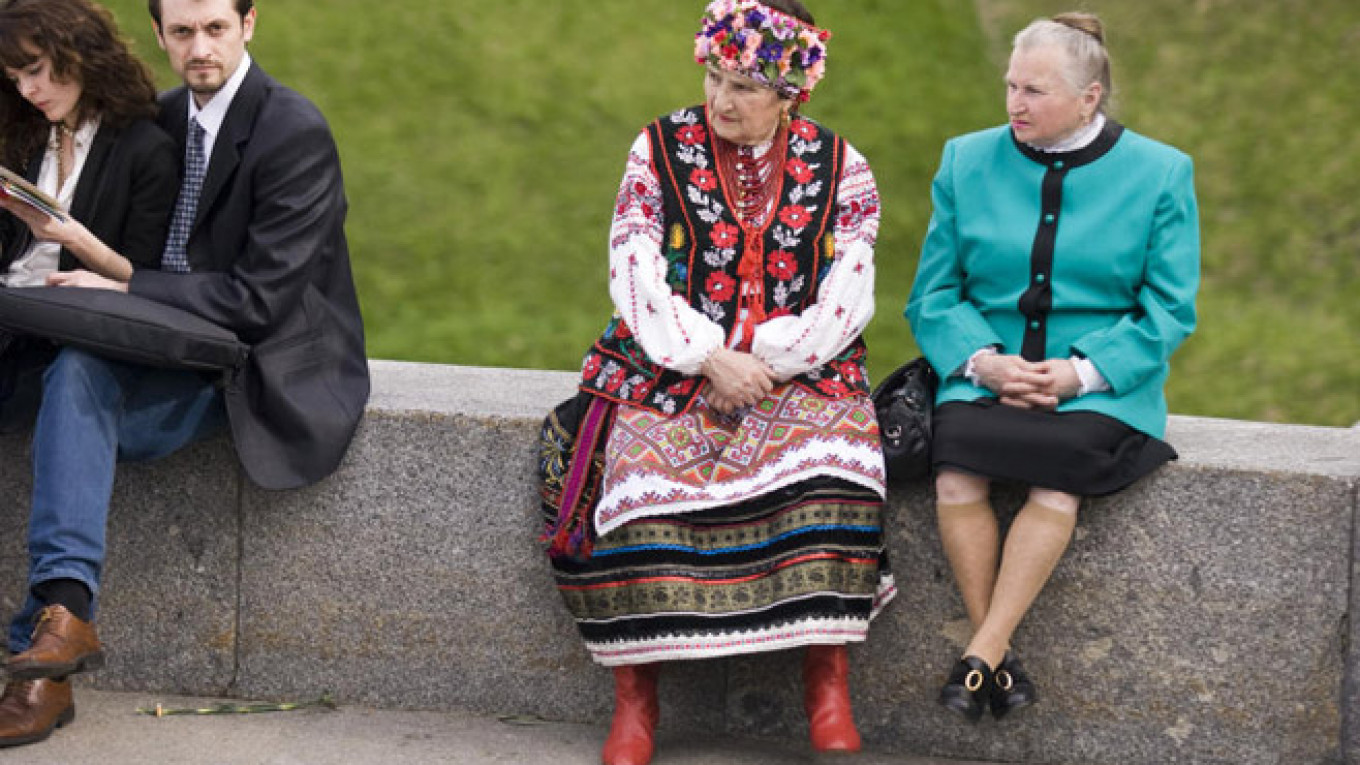Finance Minister Anton Siluanov said Wednesday that Russia could require employees to pay part of the pension, social security and health insurance contributions now paid by their employers, in an attempt to lighten the tax load on business during a sharp economic slowdown.
Splitting the burden of social security payments between employers and companies would put Russia in line with globally accepted practice, Siluanov was quoted by news agency Interfax as saying.
"We must lower the direct [tax] load in terms of direct taxes on business, including social security payments, and gradually shift a part of the load to the population," he said.
The shift would happen gradually, he added: Businesses could initially see the levy they pay cut to 26 percent of employees' salaries from the current 30 percent, for instance. Employees would then pay the remaining 4 percent.
Analysts polled by the Vedomosti newspaper warned that the change would weigh on citizens' real income and consumer spending while potentially increasing the popularity of illegal salary schemes.
The idea is still a "conceptual proposal," Siluanov said, adding that it would not be carried out until 2019 at the earliest.
The Russian government on Tuesday submitted its budget for the next three years to the lower house of parliament following months of back-and-forth and controversial proposals such as the possibility — ultimately scrapped — of allowing regions to introduce a 3 percent sales tax.
The budget has a stiff challenge to answer. Russia's economy is struggling just shy of zero percent growth this year amid a fall in oil prices, torrential capital outflows, the cost of annexing Crimea and Western sanctions imposed in response to that annexation.
A Message from The Moscow Times:
Dear readers,
We are facing unprecedented challenges. Russia's Prosecutor General's Office has designated The Moscow Times as an "undesirable" organization, criminalizing our work and putting our staff at risk of prosecution. This follows our earlier unjust labeling as a "foreign agent."
These actions are direct attempts to silence independent journalism in Russia. The authorities claim our work "discredits the decisions of the Russian leadership." We see things differently: we strive to provide accurate, unbiased reporting on Russia.
We, the journalists of The Moscow Times, refuse to be silenced. But to continue our work, we need your help.
Your support, no matter how small, makes a world of difference. If you can, please support us monthly starting from just $2. It's quick to set up, and every contribution makes a significant impact.
By supporting The Moscow Times, you're defending open, independent journalism in the face of repression. Thank you for standing with us.
Remind me later.






